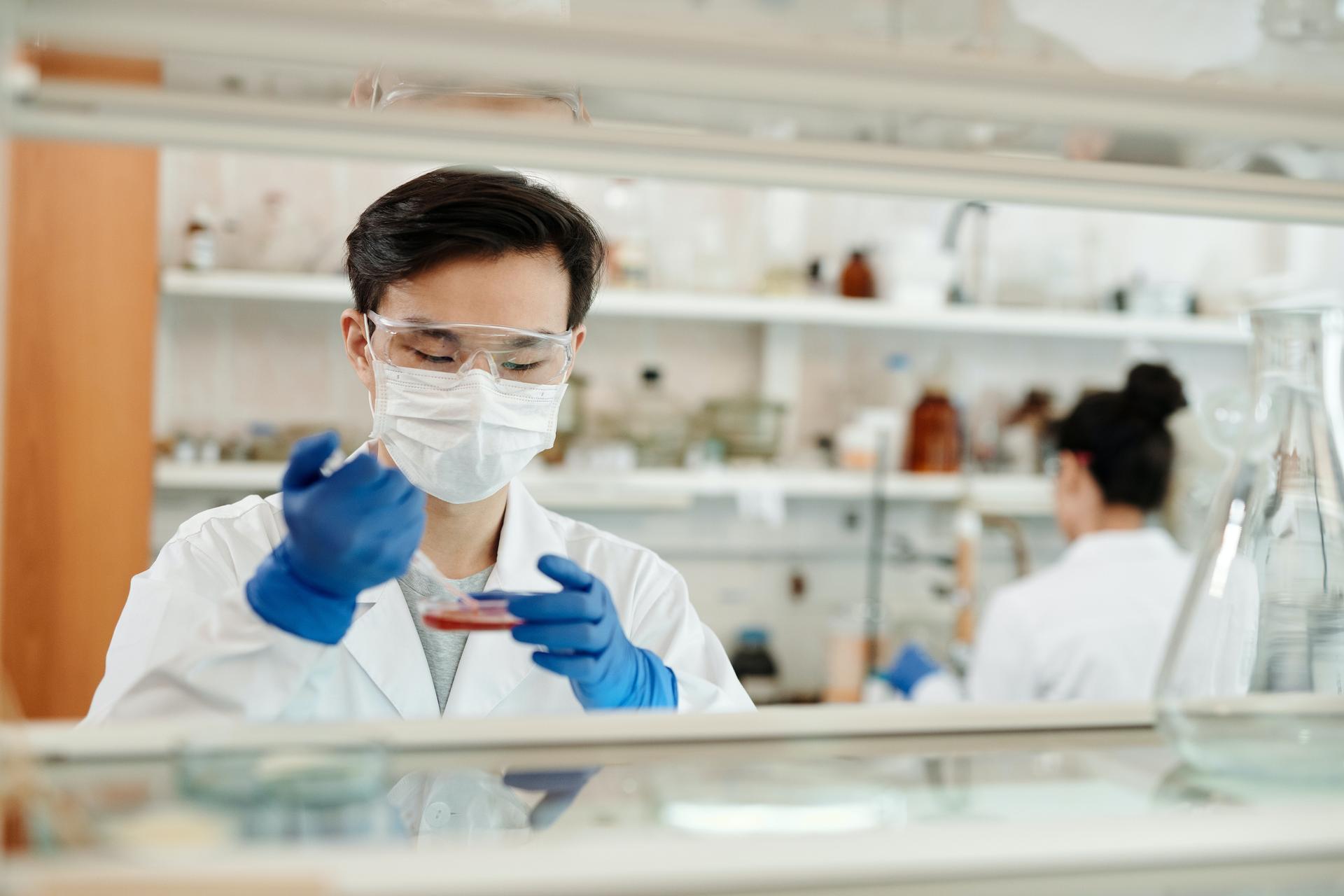Day in the Life: Entry-Level Scientist in Biotech
Published: Jun 01, 2021

What are your responsibilities?
In my job, I investigate the solid form of a compound or active pharmaceutical ingredient (API) to see the way its molecules are arranged.
What are your responsibilities?
In my job, I investigate the solid form of a compound or active pharmaceutical ingredient (API) to see the way its molecules are arranged. Ibuprofen and acetaminophen are two such APIs. The compounds come from Big Pharma companies we collaborate with and are usually in the pre-clinical stage of development. We use both high-throughput technology (100-1,000 analyses for a given compound using information technology) as well as bench-top chemistry to run our investigations. We typically run several screens - e.g., Polymorph screens, salt screens and crystallization screens.
We are basically looking to find all solid forms of a compound, since different forms have different properties - e.g., stability, bioavailability, solubility, etc. High-throughput analyses help us determine the optimal set of properties for a drug candidate. Sometimes, we are looking for a particular set of properties. Other times, we are just exploring to see how the compound behaves.
I help execute experiments, gather and analyze data, present findings to either my supervisor or at formal meetings, write reports, keep lab notebooks and make presentations to my group.
How would you describe a typical day?
8:15 AM: I come in and check my e-mail then plan the day. I usually have to communicate with the Operations Group (they run the high-throughput screens) to check on the status of ongoing experiments so I can go from primary to secondary characterizations.
9:15 AM: I go to the lab after about an hour to check on samples left overnight (for example, to see if a drug crystallized), characterize samples from the previous afternoon to integrate the data collected the previous day, and characterize new samples that have come in that day.
Noon: The Company runs presentations during lunch, where we learn what else is going on both within the Company and with the Big Pharma companies who supply us with compounds. Speakers might be a group member from a different group giving an update, a Patent lawyer briefing us on legal issues in patent protection and a member of the Products group describing ongoing product development work.
1:00 PM: Do data analysis at my desk (e.g., powder x-ray diffraction, differential scanning calorimetry, thermal gravimetric analysis).
3:00 PM: Go to Group meeting (my group has 6 members) to update our Supervisor on the status of projects, either independent projects or larger projects that have several team members. The Supervisor will ask questions and give advice on running further experiments or recommending additional data points to be collected.
The Supervisor also gives us a heads up on what compounds are coming in during the next few weeks. This gives us an idea of the workload in the group.
4:00 PM: Update lab notebook with either data collected that day or experiments started. Get started on experiments that can be set up and run overnight.
5:00 PM: Prepare for weekly meetings with the entire Solid State Chemistry Group (15 members). Typically, I make a PowerPoint presentation using tables and charts of data, a summary and discussion points.
5:30 PM: Commute home
